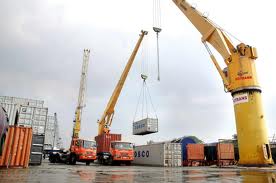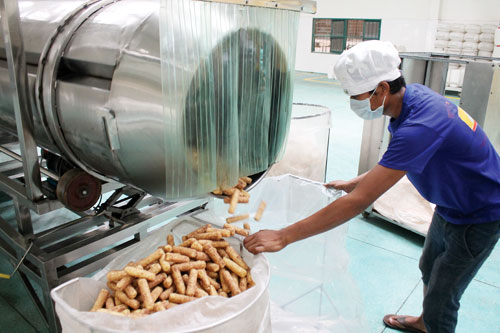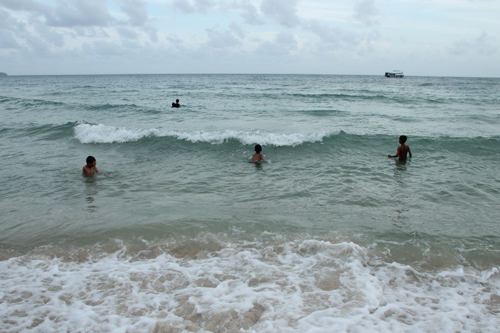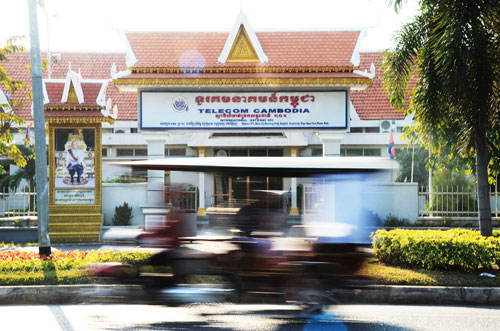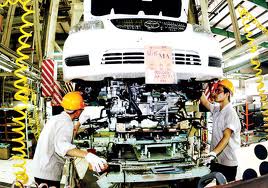SME: energy sector needs to be organised
SME: energy sector needs to be organised
SME Renewable Energy Ltd promotes renewable energy technologies and markets biomass gasification power generation systems throughout the Greater Mekong subregion. The joint venture was founded in 2005 and has since installed 45 systems in Cambodia. The enterprise helps companies that depend on costly petroleum find cheaper long-term solutions. Director Tony Knowles talked to the Post’s Sarah Thust about Cambodia’s growing energy needs.
How did SME develop last year?We can see that more and more rice millers have the money to invest in [biomass] equipment. If you export rice to other countries, which is now a government target, you have to somehow reduce production costs or your milled rice will be too expensive to compete with other countries.
Ice factories profit even more from our services, and we have some garment factories near Phnom Penh. Sure, it is expensive for garment factories to invest in a biogas system, but it is also more reliable. If you have a thousand staff, you can’t afford a two-hour power cut every day.
Why did SME focus on biogas instead of hydropower?
Hydropower is interesting, but we have wet and dry seasons. Keeping reservoirs filled and riverflows at the necessary level is not a simple matter. Even the hydropower projects that are on the way right now, I have my doubts whether they will be able to operate 12 months a year. Other countries here have experienced that they can’t keep the reservoirs filled on a consistent basis. We’re in a process of climate change, and one can’t say for sure whether it’ll start raining at the end of June and stop at the end of October.
That is why biogas is interesting. Biomass gasification means burning an organic material in a closed reactor. The produced gas can be used at household and industrial levels.
Why is imported energy not enough?
Thai and Vietnamese companies pay $20 to $30 a tonne to process rice, but in Cambodia it is $35 to $55 a tonne. A lot of that difference is due to the energy costs. With the gasification process, a rice miller could save 70 per cent of his diesel, which makes [a saving of] three to four million litres a year. Also, when the company buys energy from Thailand or Vietnam, none of that money will go into Cambodia. And you’re vulnerable to the political situation in those countries.
Are you looking forward to the energy policy the government is currently working on?
It is true that in Cambodia at this time we don’t have a comprehensive energy policy. So far, we have a fairly simple system of some larger-scale, fossil fuel-generated power stations standing alone around the country. And we have imported power from Thailand and Vietnam.
If you start getting other sources of energy from private companies, it requires a whole set of regulations, policies and procedures that determine how it will be sold to Electricite du Cambodge – EDC – and to what tariff, and what special provisions will promote investment in alternative energy.
What else would be important in such an energy policy?
It should not only be decided by some technicians, but in discussion with everybody involved. Right now, everything is kind of proceeding on an individual basis. There is no policy that that gives an appropriate rate to which companies can feed their leftovers into the EDC grid. The managers of the grid, the miller and the power producer will negotiate for their interests. That will not serve Cambodia well because we won’t be organised and operate in efficient ways.
However, there doesn’t have to be a policy overnight. We could start with two or three exemplary situations and see if we can find an arrangement.
How will Cambodia’s energy needs change during the next years?
I believe we should look at communities and villages, and search for the most economic solution to sustain them instead of running around and installing various projects to demonstrate their existence.
The marginalisation of agriculture will have consequences – bigger farms, fewer farmers, higher production, but less people on the land. In the next 10, 20 years there will be 20 per cent less villages, but bigger urban areas. Those will need energy.
Companies shouldn’t build the electricity line along the easier path, but it should be where people will be settled in the future. You start to determine the development pattern by where you put infrastructure. At this early stage in Cambodia, we should be thinking through what the country will look like and where energy will be needed.
phnom penh post



